The unexpected closure of two of Dylan McGrath’s restaurants, Brasserie Sixty6 and Rustic Stone, on Thursday, has left the hospitality industry reeling. A statement on the restaurants’ websites cited rising costs and economic pressures, and said that hospitality in Dublin was “simply not sustainable. It’s hard to put into words what has happened to restaurants and the city centre in the last four years.”
Adrian Cummins, chief executive of the Restaurants Association of Ireland (RAI), says that from September 2023 to July 2024, the RAI counted 577 restaurant closures. On average, two restaurants are closing each day.
Nonetheless, Cummins says that he was shocked by the closures announced by McGrath. “If it’s going to hit a well-recognised, high-profile brand like the two restaurants McGrath has, it’s going to affect many, many businesses,” he says.
“The business model is broken. It is broken in terms of trying to make a margin for the business. The general consensus is that, there is demand out there. It just hasn’t increased enough to counteract the increase in costs. They’re all busy fools.”
READ MORE
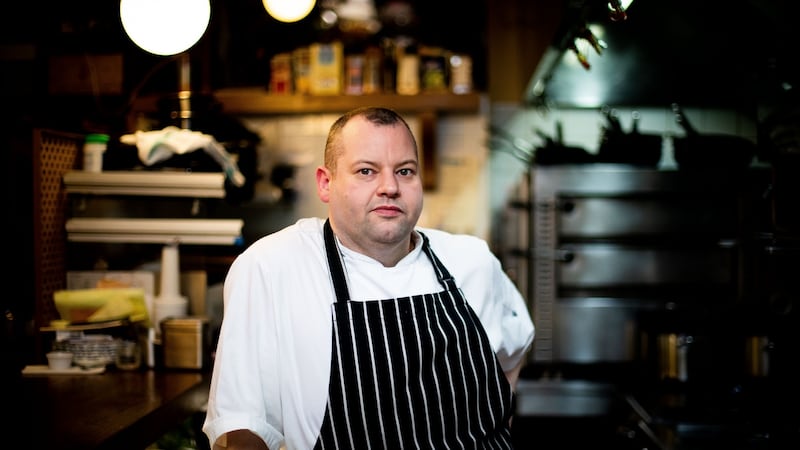
Recent closures have included Michael’s restaurant in Mount Merrion in Dublin; Myrtle in Louth; Sage in Midleton, Co Cork; Nell’s Wine Bar in Cork and Perch Coffee in Athlone, Co Westmeath.
On Sunday in Dublin, noting “challenging trading conditions and cost increases across the board”, Sofie Rooney and Garret FitzGerald will pull down the shutters of the Terenure branch of Chimac restaurant for the last time. “Unfortunately, because trading conditions are so difficult for everybody in the industry right now, it wasn’t sustainable in Terenure,” says Rooney.
“Our lease was coming to an end, so it was a good opportunity to re-evaluate our business and think about what makes sense long term.” They will continue trading in their Aungier Street location, where Rooney says tourists have sustained the business.
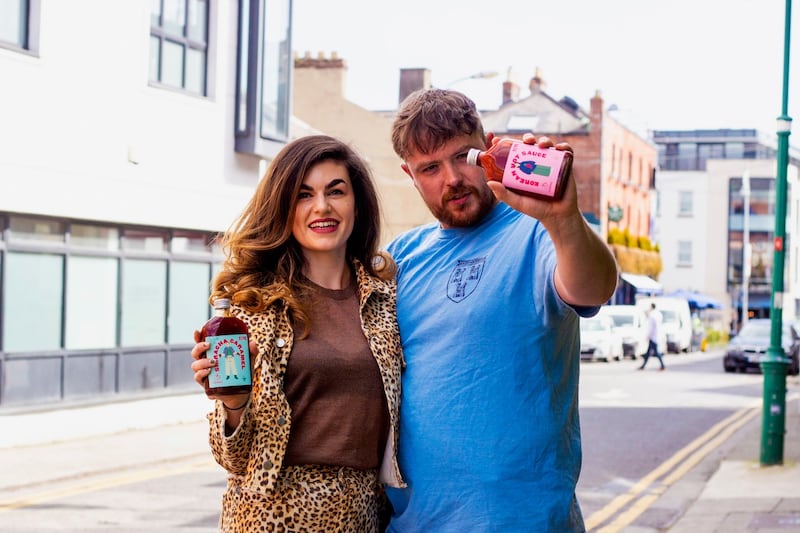
[ Irish restaurant closures approach 600 after VAT hikeOpens in new window ]
Also reassessing her place in the industry is Aisling Rogerson, owner of The Fumbally, in Dublin’s Liberties. Closing today for a number of weeks to review all aspects of the business, Rogerson stated in a video on The Fumbally Stables Instagram account that the hospitality industry is attempting to build on a dysfunctional system. “Pretty much every small food business in Ireland is trying to figure out how to make it work at the moment,” she says. “The number of closures we have seen across Ireland since the beginning of the year is no surprise. As businesses, constantly working at multiple tipping points, inevitably some of us are going to tip over.” The Fumbally will be reopening on September 3rd after a “systems change” is implemented.
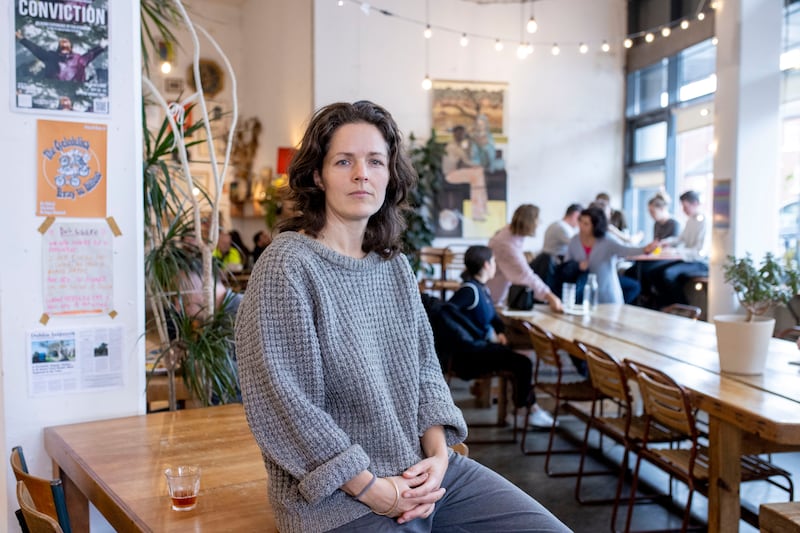
For many restaurateurs, rationalisation seems to be the key, cutting back on the number of hospitality outlets they are running. Chef and proprietor Gareth “Gaz” Smith of Big Mike’s restaurant in Blackrock says he took the opportunity to close his Mount Merrion restaurant principally because the lease was due for renewal. “Until I closed Michael’s, I didn’t realise how much I was cannibalising my own business.” He now operates five days a week in the one premises and has increased trade there as a result.
Sunil Ghai, the chef and proprietor of Pickle restaurant on Camden Street, had been looking at opening another restaurant on George’s Street, but pulled out of the deal. “We realised, there won’t be anything left for us,” he says. “We’d be working for VAT and suppliers and staff and there would be nothing left. That’s why you see that there are very few new openings, but there are a lot of closures happening.” Ghai says food prices have doubled and even tripled in the past three years. “The problem is, we cannot pass the whole thing on to our customers. If I double the price, nobody will come to the restaurant,” he says. “So everybody is running their business in fear of what will happen. At the moment, if somebody has a debt, they’re closing down the business, because they cannot pay it off.”
Added to this, Ghai says the pandemic has changed the way we dine. Remote working has affected the sector, and the corporate spend has disappeared. So too has the lunchtime trade. He stopped opening for lunch in Pickle at the beginning of the year.
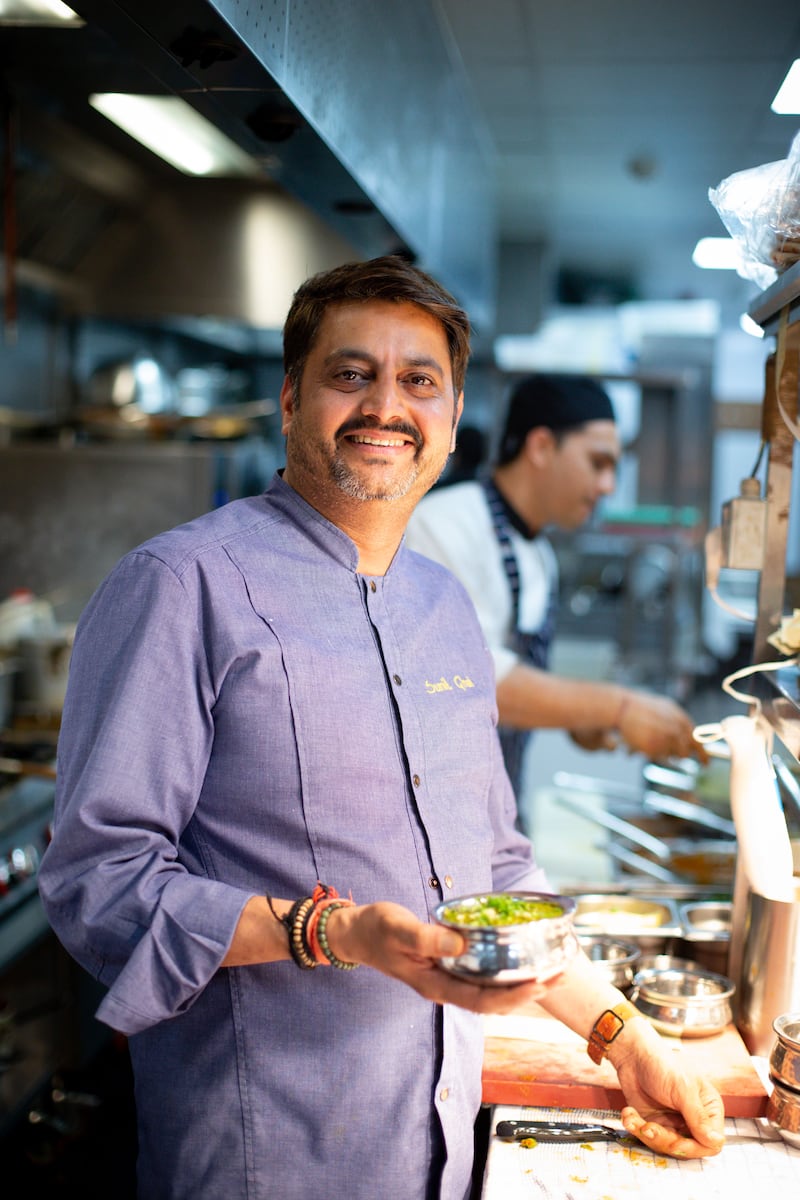
Liz Matthews of Etto on Merrion Row says they too have noticed a fall-off in lunchtime trade, but their location means the tourist trade has kept them busy this summer. “I’m glad we’re located here for that, because I do hear about a lot of places that are quiet over the last few months,” she says. “Hopefully that will change in September. I just don’t know, it’s unpredictable. The costs are up and customers are down. It’s an unfeasible business a lot of the time. We have to charge certain prices just to make ends meet, but we can’t charge any more than we are. I think lots of places are hitting their top prices, and whether they’re covering costs or not, I don’t know. It’s very tricky.”
In addition to increased labour costs, skyrocketing food prices and warehoused debt, the RAI has been warning of mass closures across the sector if the current VAT rate of 13.5 per cent is maintained. Calls for the 9 per cent VAT rate to be reinstated for the hospitality industry are louder than ever.
[ Is fine dining dead? What we’ll be eating and where in 2024Opens in new window ]
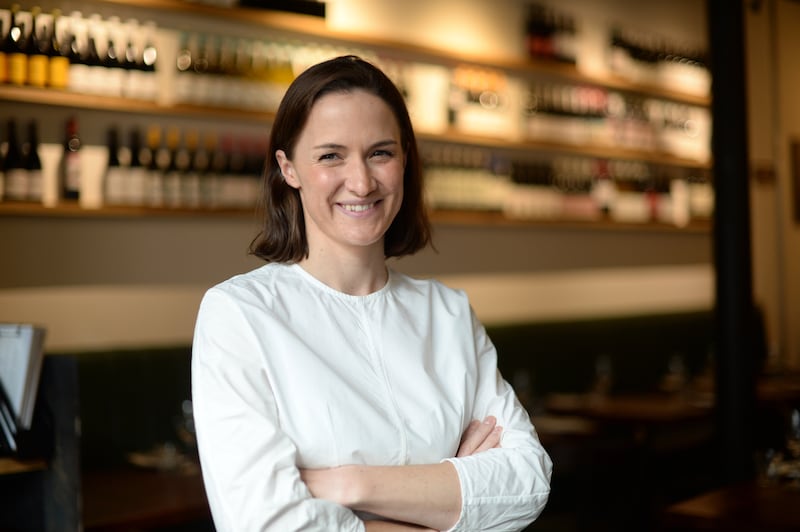
“I don’t know what’s going to happen with the VAT,” says Matthews. “There is a big push for the 9 per cent VAT still, and I don’t know what way that’s headed, but that would be a help. But otherwise, there’s no sign of any cost dropping at all. Just everything across the board is up. You hear from here and there that somewhere is quiet, but you wouldn’t be sure what’s happening until somewhere actually closes.
“It’s hard to know how it will play out over the next year. I don’t know if there’s any chance of the VAT changing, but I’d love if it did, because that’s at least one little glimmer of hope for a lot of places.”
- Sign up for push alerts and have the best news, analysis and comment delivered directly to your phone
- Join The Irish Times on WhatsApp and stay up to date
- Listen to our Inside Politics podcast for the best political chat and analysis



















